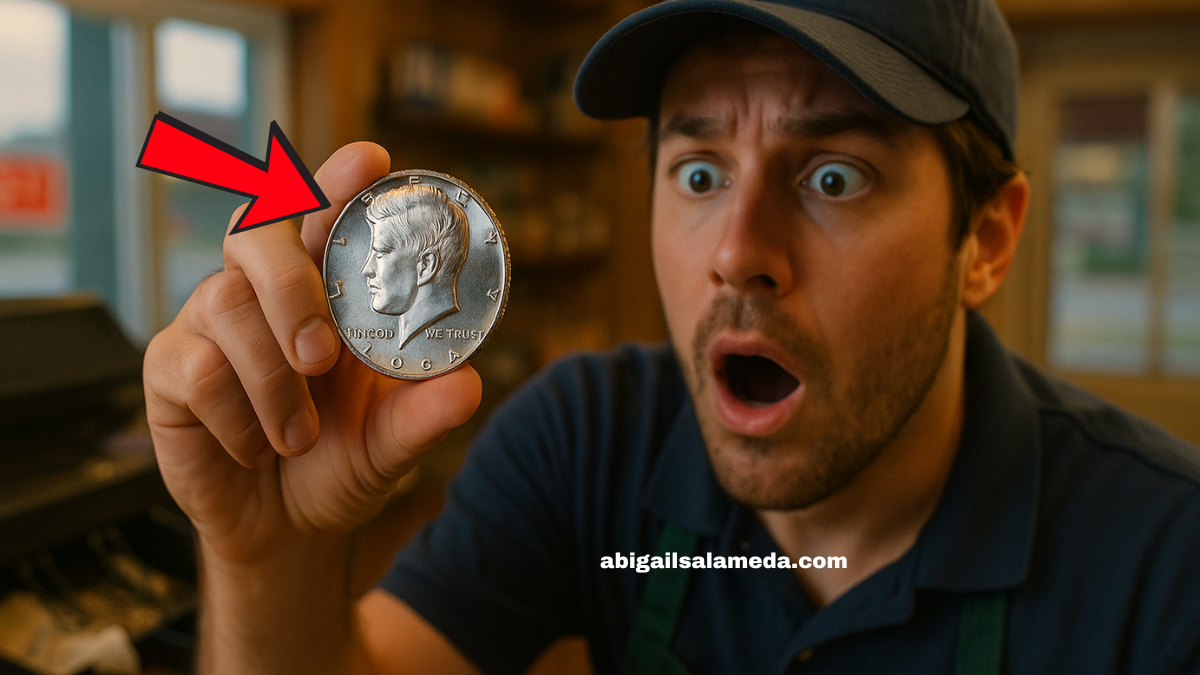What was once simple pocket change is now a collector’s treasure. The wartime Jefferson nickel, minted between 1942 and 1945, has become one of the most valuable coins in U.S. history.
With a unique composition born out of necessity during World War II, some of these nickels now fetch thousands of dollars at auctions.
This article dives into the fascinating history, unique features, and current market value of the wartime Jefferson nickel—and how you can spot one in your own collection.
The Origin of the Wartime Jefferson Nickel
The Jefferson nickel was first introduced in 1938, replacing the Buffalo nickel. However, a significant change came during World War II. In response to the wartime need for nickel metal, which was essential for military manufacturing, the U.S. Mint altered the coin’s composition.
Between October 1942 and December 1945, the Jefferson nickel was made of:
- 56% copper
- 35% silver
- 9% manganese
This composition earned it the nickname “wartime silver nickel.” Despite its silver content, its face value remained five cents—but its historical and numismatic value has only grown over time.
Identifying a Wartime Jefferson Nickel
The easiest way to recognize a wartime Jefferson nickel is to look for the large mint mark above Monticello on the reverse side of the coin. This was the first time a U.S. coin featured a large mint mark above the dome, making it visually distinct.
Here’s what to look for:
| Feature | Detail |
|---|---|
| Years of Minting | 1942 (partial), 1943, 1944, 1945 |
| Composition | 35% silver, 56% copper, 9% manganese |
| Mint Marks | P, D, S (above Monticello dome) |
| Key Identification | Large mint mark above Monticello |
The “P” mint mark for Philadelphia was also introduced during this time, marking the first time the Philadelphia mint used a mint mark on U.S. coins.
Why These Nickels Became So Valuable
Several factors contribute to the rising value of wartime Jefferson nickels:
- Historical Significance: Minted during World War II, they carry a unique story of American adaptation and sacrifice.
- Silver Content: With 35% silver, even circulated versions hold intrinsic metal value.
- Limited Production: Although not rare in the strictest sense, high-grade or error versions are scarce.
- Collector Demand: These nickels are an affordable entry point for new collectors and a nostalgic piece for seasoned numismatists.
Record Prices and Rare Varieties
While many wartime nickels can be bought for just a few dollars, certain varieties and high-grade specimens have fetched impressive amounts.
| Coin | Estimated Value (High Grade/MS-67 or above) |
|---|---|
| 1943-P Doubled Eye Error | $1,500 – $3,000+ |
| 1942-P (Silver Version) | $75 – $400 |
| 1945-D Full Steps (MS-67) | $1,000+ |
| 1943-S MS-68 | Up to $3,600 |
| Complete Wartime Set (Uncirculated) | $250 – $600 |
One of the most sought-after errors is the 1943-P Doubled Eye, where Thomas Jefferson’s eye appears doubled due to a die error—turning an ordinary nickel into a valuable collector’s item.
How to Check If You Have One
Go through your change jars or inherited coin collections. Use these steps:
- Check the Date: Look for nickels dated 1942 to 1945.
- Look Above Monticello: If there’s a large mint mark, it’s a wartime silver nickel.
- Use a Magnifier: Inspect for errors like doubled die or Full Steps, which dramatically boost value.
- Weigh It: Wartime nickels weigh approximately 5 grams, like standard nickels—but their color and tone may differ slightly.
How to Preserve and Sell
If you believe you have a valuable wartime Jefferson nickel:
- Store it in a coin holder or flip to prevent damage.
- Avoid polishing or cleaning, as it reduces value.
- Consider getting it graded by a professional service like PCGS or NGC.
- For selling, auction houses, online marketplaces, and local coin shows are great options.
The wartime Jefferson nickel is a perfect example of how history and scarcity can elevate a simple coin into a numismatic gem. From its silver-infused wartime composition to unique minting features and fascinating errors, this coin stands out in American coinage.
Whether you’re a seasoned collector or a beginner rummaging through old change, the value of this WWII-era nickel makes it worth a second look. You could be holding a small piece of history worth hundreds—or even thousands—of dollars.
FAQs
Are all 1942 Jefferson nickels wartime silver nickels?
No. Only the late-1942 nickels with a large mint mark above Monticello are wartime silver versions. Early 1942 nickels were standard composition.
How much silver is in a wartime Jefferson nickel?
Each wartime nickel contains 35% silver, making it valuable even for melt value.
What is the most valuable wartime Jefferson nickel?
The 1943-P Doubled Eye error nickel and Full Steps nickels in high grades are among the most valuable, selling for thousands of dollars.




